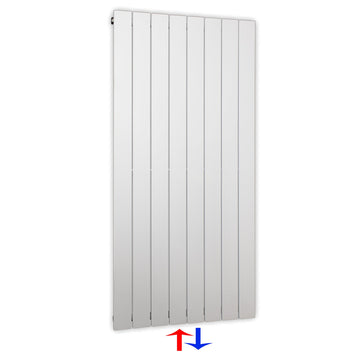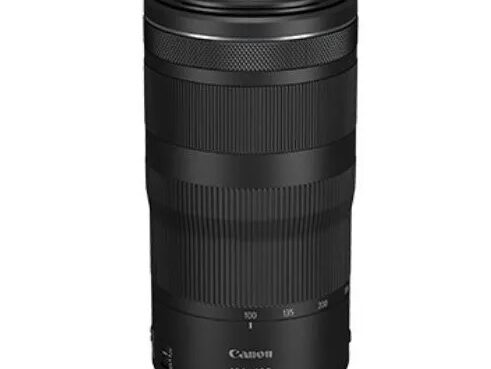When it comes to data centers, reliability is paramount. Businesses and organizations rely heavily on these facilities to house and manage their critical IT infrastructure. That is why Tier 3 data centers have emerged as the gold standard of reliability in the industry. These data centers are designed with cutting-edge technologies and specific features that ensure maximum uptime and uninterrupted operations.
At the core of a Tier 3 data center is redundancy. Redundancy is the backbone of reliability and refers to the duplication of components and systems within the data center infrastructure. By having redundant systems in place, Tier 3 data centers can withstand failures or disruptions, ensuring the continuity of services and data access.
One of the key aspects of redundancy in Tier 3 data centers is redundant power systems. These data centers commonly boast dual power feeds from different utility sources, ensuring a continuous and reliable power supply. In addition to this, they have backup power generators that can automatically take over in the event of a power outage, providing seamless operations without any disruption.
Not only do Tier 3 data centers focus on power redundancy, but they also prioritize redundancy in their cooling systems. These facilities employ multiple cooling units that work in tandem to maintain optimal temperatures within the data center environment. If one unit fails, others automatically take over, preventing any overheating and protecting the critical IT equipment.
Moreover, Tier 3 data centers implement redundant network connectivity to avoid any single point of failure. They engage multiple internet service providers, each with multiple connections, ensuring constant network connectivity and minimizing the risk of network outages. This redundancy in network connectivity guarantees uninterrupted access to data and vital applications hosted within the data center.
Another crucial feature of Tier 3 data centers is physical security. These facilities employ multiple layers of security measures to safeguard the infrastructure they house. From 24/7 surveillance cameras to biometric access controls and mantrap entry systems, Tier 3 data centers ensure that unauthorized access is nearly impossible. Additionally, data centers often implement fire suppression systems and environmental monitoring to prevent any potential risks to the equipment, further enhancing their reliability.
Beyond redundancy, Tier 3 data centers prioritize maintenance without disruptions. They are generally built with multiple paths for power and cooling distribution to allow for maintenance on parts of the infrastructure without any interruption to operations. This “concurrent maintainability” ensures that services stay online even during maintenance activities, further emphasizing the high level of reliability offered by these data centers.
In summary, tier 3 data centers are the pinnacle of reliability in the industry. The features and technologies incorporated within these facilities revolve around redundancy, ensuring that critical systems and applications are always accessible and operational. From redundant power and cooling systems to multiple network connectivity options, these data centers prioritize uninterrupted services. By considering the robustness and redundancies of Tier 3 data centers, businesses can ensure that their data and IT infrastructure are in safe hands, minimizing the risk of downtime and protecting their operations.
In conclusion, tier 3 data centers are the gold standard of reliability when it comes to data storage and management. These facilities are designed with redundancy and fault tolerance in mind, ensuring maximum uptime and minimal disruptions. The rigorous requirements and strict standards set by organizations like the Uptime Institute guarantee that tier 3 data centers are capable of delivering exceptional performance, reliability, and security.
With their multiple power sources, backup systems, and robust infrastructure, tier 3 data centers provide businesses and organizations with peace of mind knowing that their critical data will always be available and protected. Furthermore, these facilities offer scalability options, allowing businesses to easily expand their operations without worrying about capacity constraints.
By choosing a tier 3 data center, companies can focus on their core activities, rather than worrying about managing their own IT infrastructure. The expertise and specialized knowledge possessed by data center professionals ensure that businesses can rely on a stable and secure environment for their data.
So, whether you are a small startup or a large enterprise, it is worth considering the benefits of tier 3 data centers. Investing in a tier 3 facility means investing in uninterrupted operations, reliability, and the peace of mind that comes with knowing your data is in safe hands.



